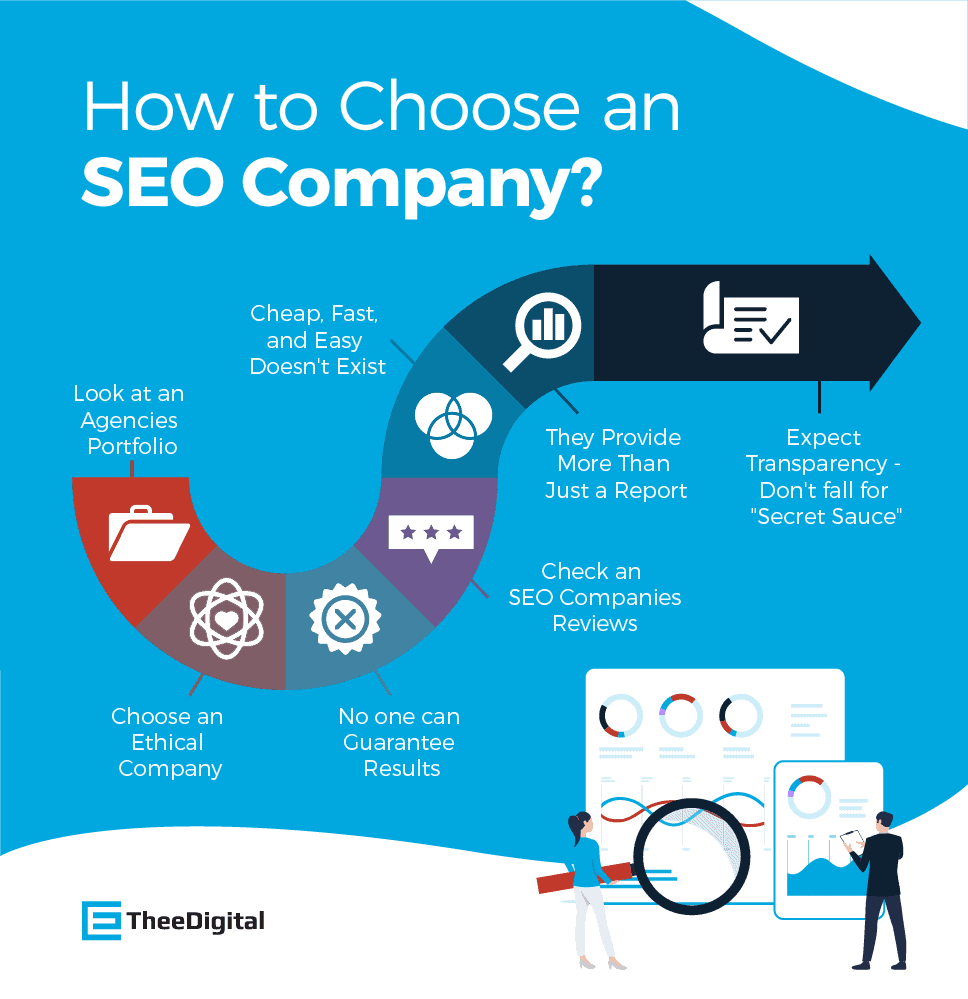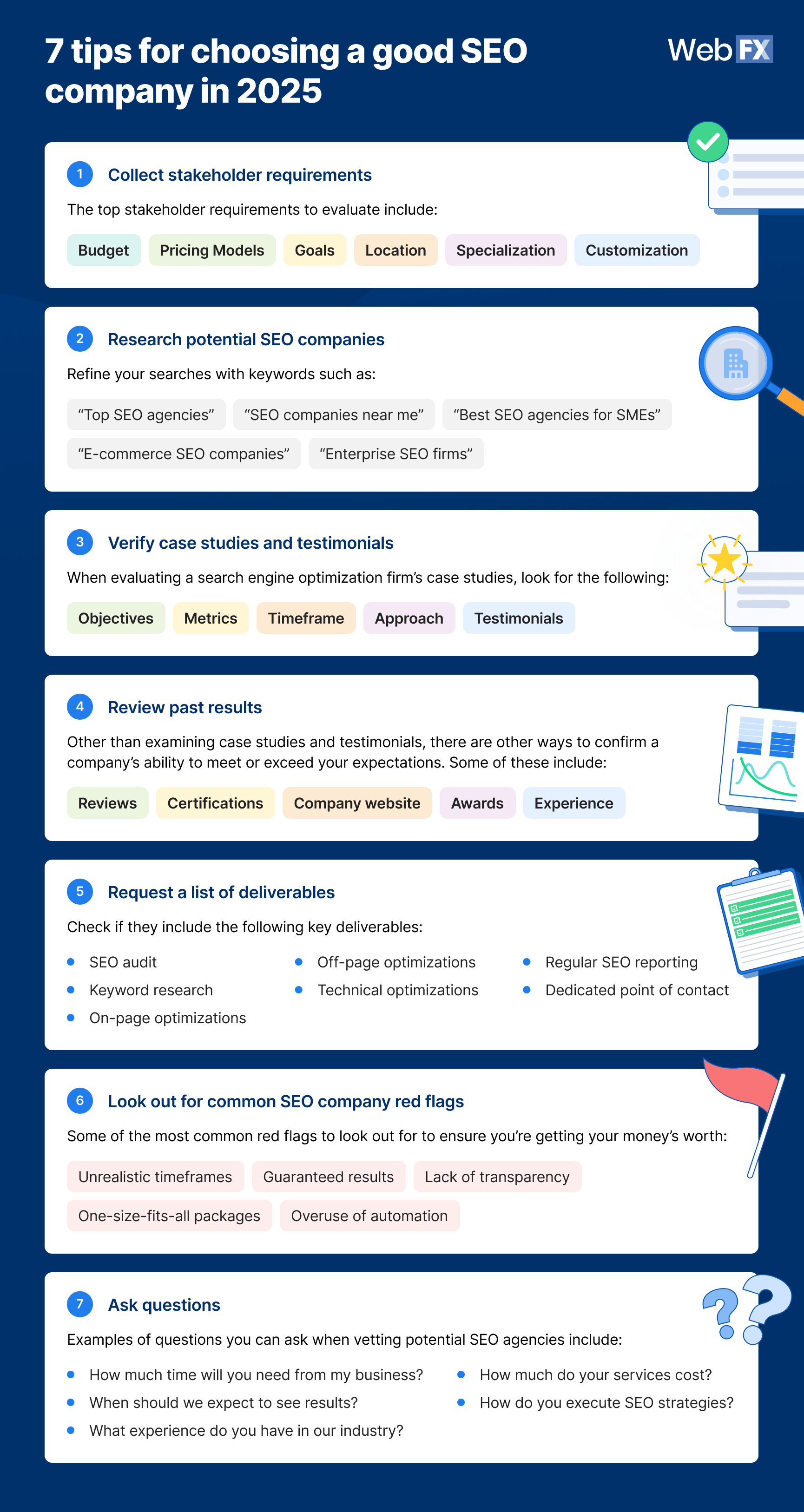Okay, so today I’m gonna spill the beans on something I’ve been tinkering with: keywords. Not just throwing words at the wall and hoping they stick, but actually, like, digging into how they work and how to use them properly. Buckle up, it’s a bit of a ride.

It all started when I was trying to boost my website’s traffic. Standard stuff, right? I’d heard about keywords, but I always thought it was just slapping a few popular words into my content and BAM, instant success. Boy, was I wrong.
First, I actually did a bit of research. I started by just Googling “keyword research tools.” I stumbled upon a bunch of free and paid options – Google Keyword Planner, SEMrush, Ahrefs, the whole shebang. I figured I’d start with the free stuff. Google Keyword Planner seemed like a good place to start. I punched in some general terms related to my website’s niche and started digging.
Here’s the first thing I learned: It’s not just about finding the words with the highest search volume. It’s about finding the words that are relevant to your audience and have low competition. Makes sense, right? If everyone’s fighting over the same keywords, you’re gonna get buried.
So, I started looking for “long-tail keywords.” These are basically longer, more specific phrases that people are searching for. For example, instead of just “coffee,” I might target “best organic coffee beans for french press.” It’s less competitive and more likely to attract people who are actually interested in what I have to offer.
I actually created a spreadsheet to keep track of everything. I listed potential keywords, their search volume, and their competition level. It was a bit tedious, but it helped me stay organized and see the big picture.

Then came the fun part: actually using the keywords. I made sure to sprinkle them naturally throughout my website content – in the title tags, meta descriptions, headings, and body text. But here’s the key: I didn’t just stuff them in there randomly. I made sure the content was still readable and engaging. Nobody wants to read a website that’s just a jumbled mess of keywords.
I also started paying attention to on-page SEO. This means optimizing other aspects of my website to improve its search engine ranking. Things like making sure my website is mobile-friendly, improving its loading speed, and building high-quality backlinks from other websites.
After a few weeks, I started to see some results. My website’s traffic was slowly but surely increasing. I was also ranking higher in search results for my target keywords. It wasn’t an overnight success, but it was progress. And that’s what matters, right?
Here’s a quick rundown of what I did:
- Researched keywords using Google Keyword Planner.
- Focused on long-tail keywords with low competition.
- Created a spreadsheet to track my progress.
- Sprinkled keywords naturally throughout my website content.
- Optimized my website for on-page SEO.
- Tracked my results and made adjustments as needed.
Of course, keyword research is an ongoing process. Search engine algorithms are constantly changing, so you need to stay on top of things. But with a little bit of effort, you can definitely improve your website’s visibility and attract more traffic. That’s my experience, hope it helps you!
